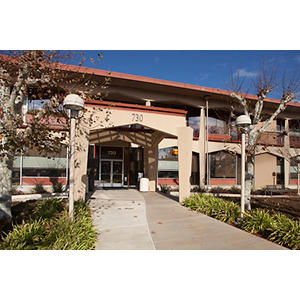Jonathan Bernstein, MD, PhD
Division Chief, Medical Genetics | Professor
Clinical Genetics and Genomics
Localización

730 Welch Road
Palo Alto, CA 94304
Mapas, direcciones y estacionamiento
Teléfono : (650) 723-6858
Fax : (650) 498-4555
Experiencia
Autism
Autism and Developmental Disorders
Cardiovascular Genetic Issues
Cleft Lip Cleft Palate
Craniofacial Disorders and Craniosynostosis
Development Delays and Disorders
Trabajo y educación
Stanford University School of Medicine, Palo Alto, CA, 06/30/2003
Lucile Packard Children's Hospital, Palo Alto, CA, 06/30/2006
Lucile Packard Children's Hospital, Palo Alto, CA, 06/30/2008
Clinical Genetics and Genomics, American Board of Medical Genetics and Genomics, 2020
Pediatrics, American Board of Pediatrics, 2006
Idiomas
English

Conéctese con nosotros:
Descarga nuestra App: